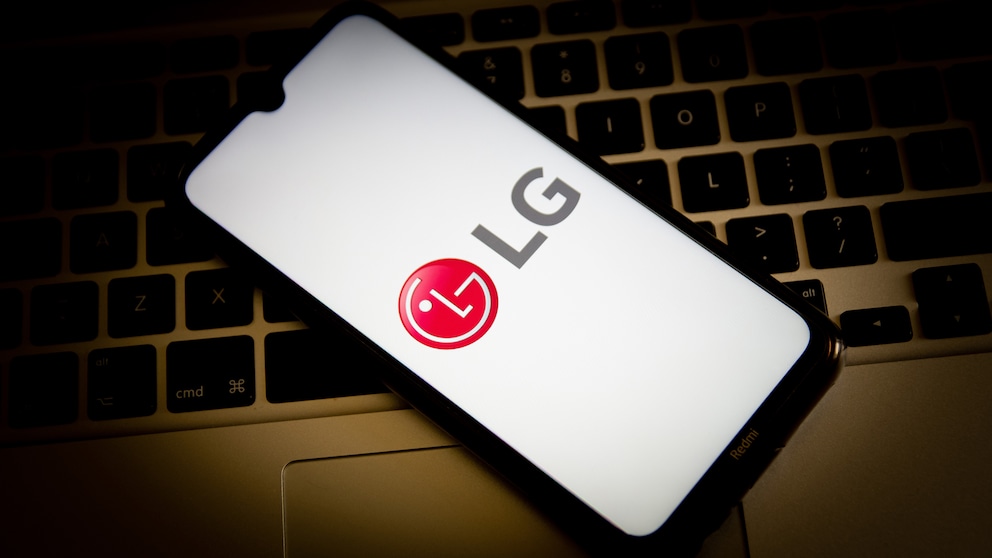September 17, 2024, 8:37 am | Read time: 4 minutes
Experts and consumers were amazed time and time again when LG Electronics presented a new smartphone. The South Koreans often came up trumps with new technologies or features. However, new ideas alone are not enough to stay in the smartphone market. LG was lost amid the fierce competition.
April 5, 2021, marked the end of LG smartphones. The South Koreans announced the end of the loss-making business division. The production machines stopped at the beginning of June 2021, and LG sold its last smartphone at the end of July – closing this unsuccessful chapter in the company’s history.
Overview
From the top to insignificance
LG’s smartphone division has been making losses since 2015, which are said to have accumulated to around 4.5 billion US dollars in 2020. In the end, LG’s smartphone business only accounted for 7 percent of Group sales. By contrast, other areas, such as household appliances and TV production, were booming.
The South Koreans were number 3 worldwide, behind Samsung and Apple, at their peak. They sold around 120 million smartphones a year. In 2021, however, their global market share was only 2 percent. LG delivered 23 million smartphones that year. The industry leader Samsung sold more than ten times as many.
New Chocolate and LG Optimus X2
This decline is particularly surprising because LG has repeatedly come up with innovations for its smartphones. In 2009, for example, the South Koreans presented the New Chocolate, the first smartphone with a 21:9 format display – years before these displays became fashionable.
Two years later, the Optimus 2X was the world’s first smartphone with two processor cores. LG launched the first smartphone with a high-resolution Quad HD display in Germany and was the only manufacturer to install a TV tuner for digital terrestrial television.
The LG G5 marks the beginning of the smartphone division’s decline
However, when LG presented its first Android device in 2010, Samsung’s had already been on the shelves for a year. At the same time, the South Koreans relied on Microsoft’s operating system, Windows Phone. One horse too many in the stable, as it turned out. LG turned its back on Windows Phone in 2012 after disappointing sales figures.
In 2016, the modular G5 flopped. The smartphone could be expanded with a 360-degree camera or virtual reality goggles, for example, but this was of little interest to consumers. The G5 became a slow seller. Even further innovations, such as the V40 ThinQ, the world’s first smartphone with an ultra-wide-angle camera released in 2018, were unable to halt its decline.
Huawei, Xiaomi & Co. roll up the market
As a result of the lower revenue, LG lacked the funds for further investment in technical innovations to bring a new premium flagship onto the market that could have turned the tide. The Chinese then conquered the smartphone market in the lower and mid-range price segments.
Huawei, Xiaomi, and Redmi not only pushed down prices but also set the pace in terms of software and hardware innovations. The smartphone innovations from China came one after the other; LG was unable to keep up – especially with the marketing expertise of the Chinese.

Last Update Opportunity! LG to Permanently Shut Down Smartphone Servers

LG Discontinues Production of Blu-Ray Players for Good

Will There Soon Be No Pore Panasonic Televisions?
Supply bottlenecks during the coronavirus pandemic
During the coronavirus pandemic, LG also suffered from supply bottlenecks for smartphone chips and components. Manufacturers supplied those who ordered larger quantities first – and LG was no longer one of them.
At the beginning of 2021, the South Koreans announced that they were reviewing all options for the future of the smartphone division. However, the sale to a Vietnamese company fell through. Most LG smartphones were produced in Vietnam. After the smartphone phase-out, the factories were largely repurposed. LG now produces refrigerators and televisions here.
LG’s share price rose after the announcement that it was giving up the smartphone business. Investors were apparently happy that the company was parting with this loss-maker.

